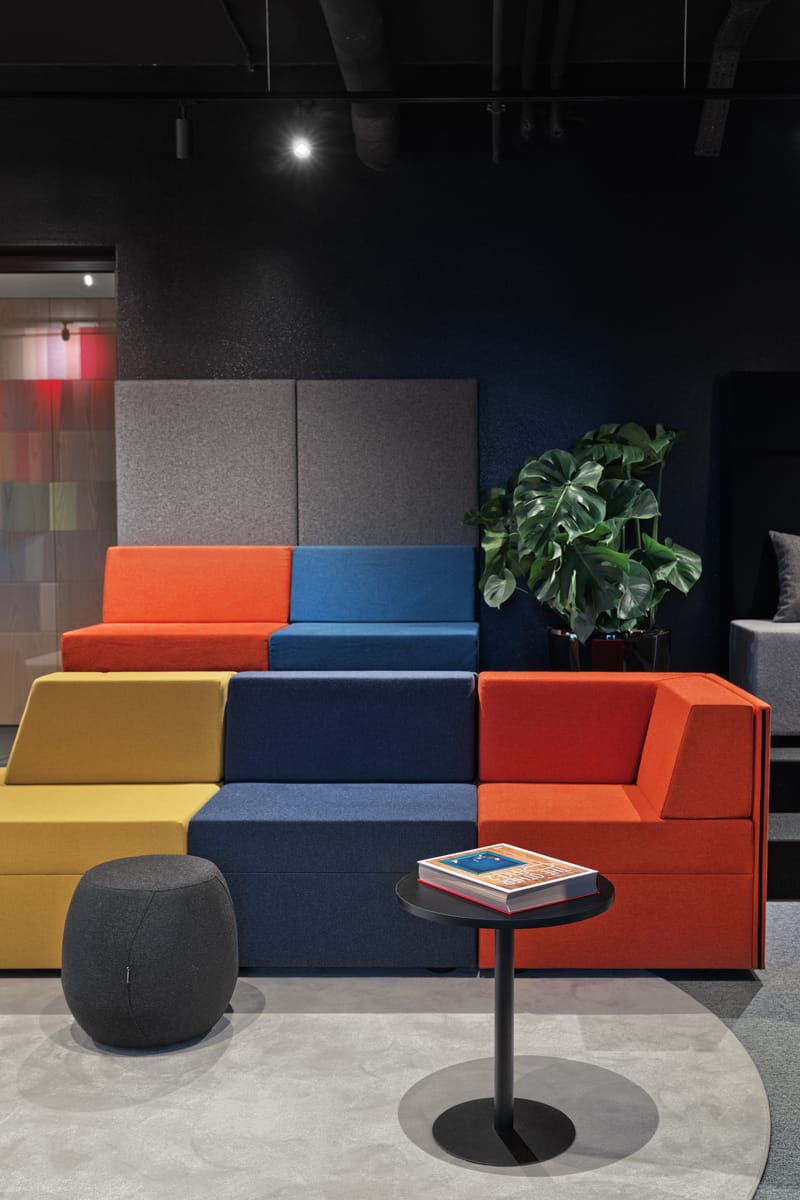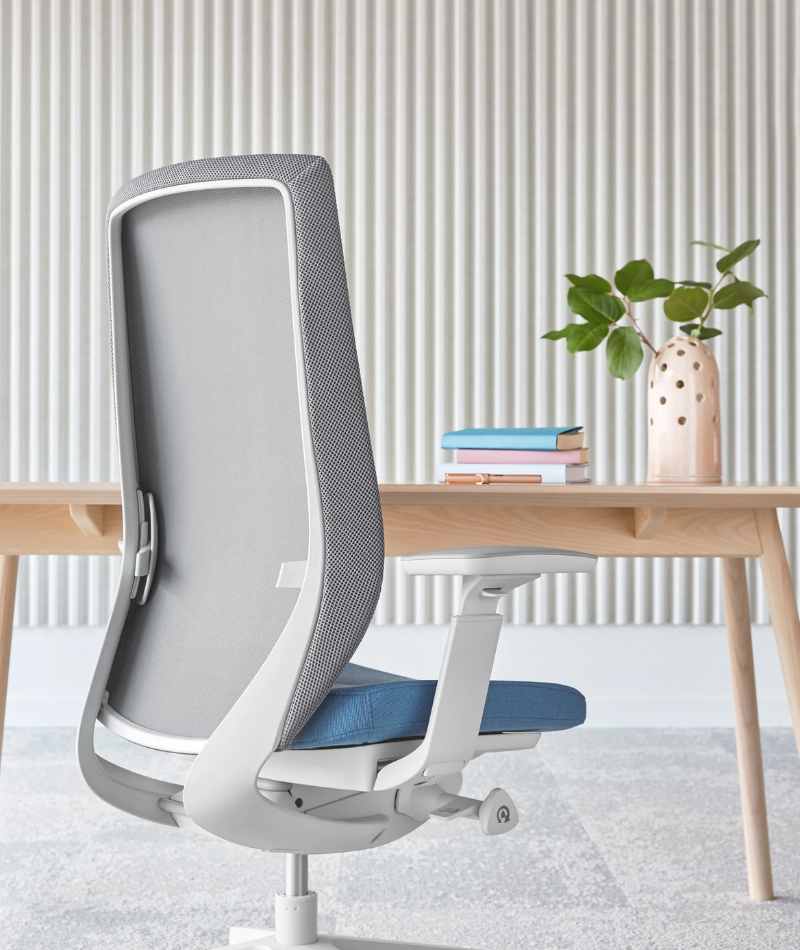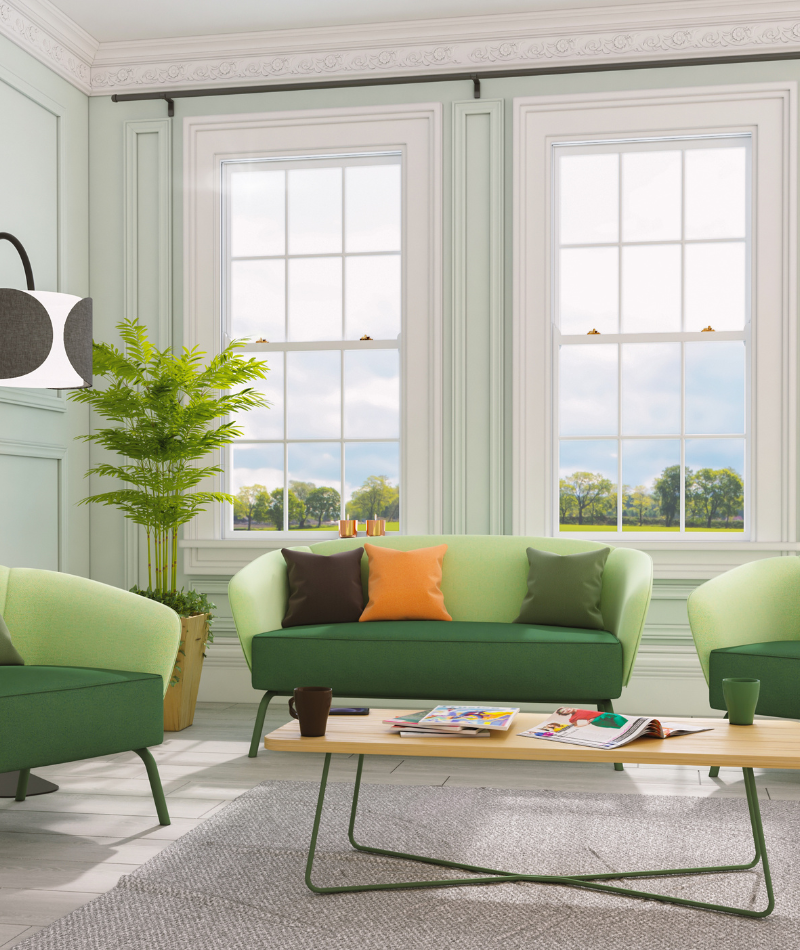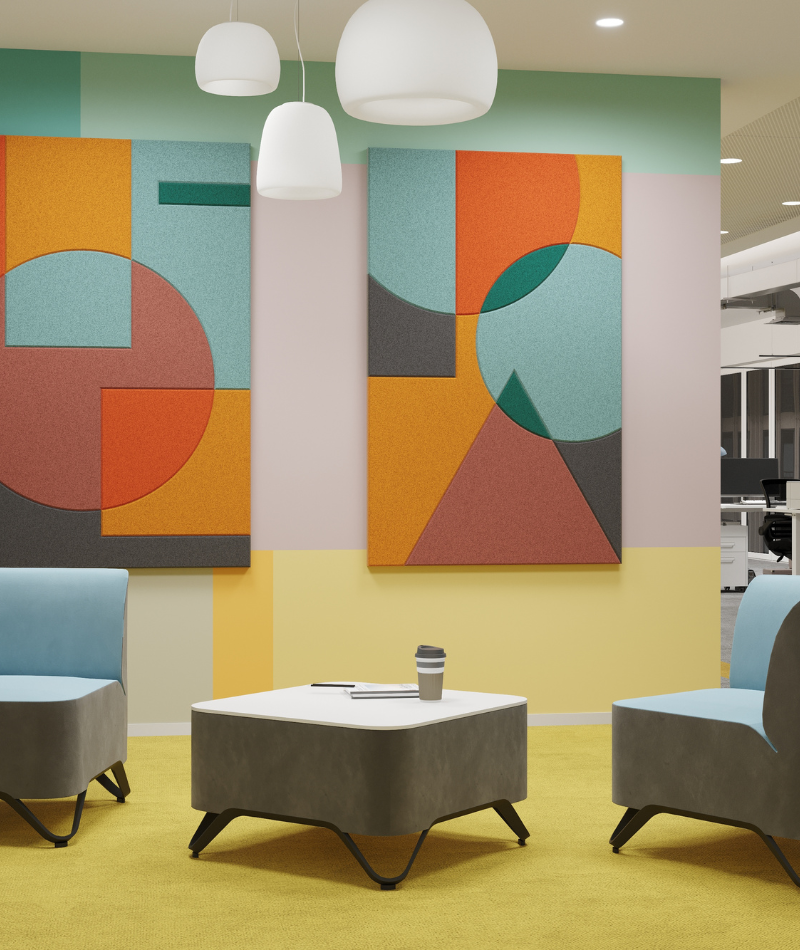What is modular seating?
Modular seating is a solution for when you don’t have the luxury of enormous amounts of square footage, and you need your workspace to be flexible and multifunctional at the drop of a hat. It is made up of separate, interchangeable units (or modules) that can be arranged in multiple configurations to suit the changing demands of an evolving office. It’s a lot like Lego. As your needs change, your furniture can change too, without the need to start from scratch.
What is the difference between modular, sectional, and normal (traditional) seating?
Traditional furniture is often a single, static piece that can, yes, be rearranged and be flexible, but cannot be joined together with other pieces, making it far less adaptable than its modular counterparts.
Sectional - largely concerns sofas; really, it’s a term that denotes how many pieces the sofa will come in. It will still be a fixed outcome, though sectional sofas do have more scope for shape and size than a sofa that comes as one piece– think large L-shaped sofas that wouldn’t be possible to transport as is.
Modular seating is characterised by its flexibility and versatility. It's small, moveable units are all built with connectors (like Lego studs) that allow you to reconfigure whenever you wish, mix and match seating modules to adapt to your specific needs, add new pieces, or even replace individual parts that may have become damaged. Instead of buying a whole new suite of seating for one torn seat cover, you can just replace that one.
What are the benefits of modular seating?
Modular furniture is about freedom, functionality, and flexibility. It’s designed to be future-proof– modular furniture is indefinitely scalable. When you need a new layout because your criteria have changed, or your business grows and you move to a new office, your furniture can evolve and grow with you. With the endlessness of its customisation, you can design whatever layout, suitable for your environment.
Other benefits include:
Being able to have bespoke furniture, without the big price tag, you can create the office you want, how you want it, by combining and configuring existing units to create designs that are individualised to fit your dimensions and needs.
The flexibility of the furniture conveys a sense of freedom, as opposed to the typical rigidity, resulting in a more adaptable and efficient work environment that encourages creativity, spontaneity, and open collaboration.
You can maximise your office space efficiency by having a creative layout that uses all of the available room. It will help you get more function from smaller areas that don’t have enough room for standard items of furniture.
How do I connect modular furniture for a new configuration? Is it easy?
Yes! It’s designed to be easy! There are three common connecting mechanisms that you might see:
Alligator/ Crocodile Clips, where you align two triangular-shaped clips (one male, one female) and slide together until they click and lock.
Lift-and-Hook Systems, where you lift one module to align the hook/ bracket located on each piece, then lower the module to secure the connection.
Groove and Bolt Connectors, where you line up protruding bolts and recessed grooves and then push the modules together.


























































